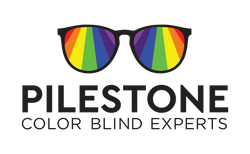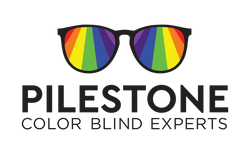Color Vision Simulator
Upload any image to Pilestone Color Vision Simulator to see how it appears to individuals with different types of color vision deficiencies. Please note that if you wish to save the results, you must download the images, as they will not be stored on our website. This service is free of charge and your privacy is fully protected.
Choose File:Upload ImageNo File Choosen
Simulate your image by using the options below
Deutan
Protan
Tritan
Black/White
Original
Simulated
Curious About Your Color Vision?
Take our free, scientifically proven Pilestone color blind test now and get your results in just 2 minutes!









